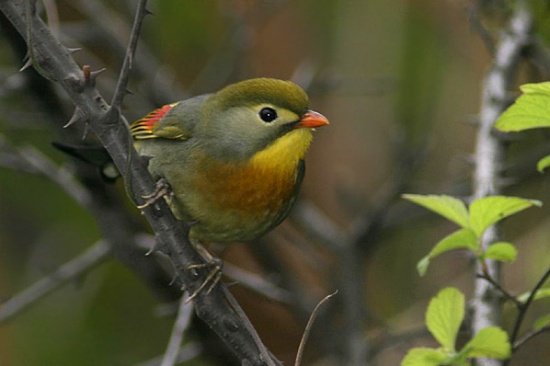m (→Distribution) |
m (→Behaviour) |
||
| Line 12: | Line 12: | ||
Areas of dry thorn bush, open savanna and woodland. | Areas of dry thorn bush, open savanna and woodland. | ||
==Behaviour== | ==Behaviour== | ||
| − | Their diet includes fruit | + | Their diet includes fruit and insects, but they will also take geckos, birds' eggs and nestlings; they will scavenge dead rodents. |
3-5 eggs are laid and the incubation period is 23-25 days. The nest is built in holes in trees and the female seals the entrance for two to three months while she incubates the eggs; she feeds the young with insects brought to her by the male. The chicks remain with their parents for six months. | 3-5 eggs are laid and the incubation period is 23-25 days. The nest is built in holes in trees and the female seals the entrance for two to three months while she incubates the eggs; she feeds the young with insects brought to her by the male. The chicks remain with their parents for six months. | ||
Revision as of 04:00, 1 August 2008
- Leiothrix lutea
Identification
aka Red-billed Mesia, Pekin Robin.
50-60cm. The adults have bright red bills and a yellow ring around their eyes. Their backs are olive green; they have bright yellow-orange throats with yellow chins; females are not as bright as the males, and juveniles have black bills.
Distribution
Native to Southern Asia. It was introduced on the Hawaiian Islands, where it exhibits dramatic and unexplained population fluctuations. There are small populations of escapees in Japan since the 1980s.
Taxonomy
Habitat
Areas of dry thorn bush, open savanna and woodland.
Behaviour
Their diet includes fruit and insects, but they will also take geckos, birds' eggs and nestlings; they will scavenge dead rodents.
3-5 eggs are laid and the incubation period is 23-25 days. The nest is built in holes in trees and the female seals the entrance for two to three months while she incubates the eggs; she feeds the young with insects brought to her by the male. The chicks remain with their parents for six months.




